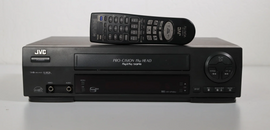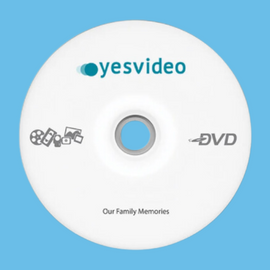
The Video Home System (VHS) cassette tape was a popular format for recording and playing back analog video content in the late 20th century. It was introduced in Japan in 1976 and became the dominant home video format in the United States. The VHS cassette tape represented a major technological breakthrough, allowing people to easily record and watch their favorite TV shows & movies.
VHS tapes were typically made of plastic and contained a spool of magnetic tape that was used to store the video content. The tapes could be played back using a Video Cassetee Recorder (VCR), which used a magnetic head to read the data from the tape and convert it into video and audio signals that could be displayed on a TV screen.
One of the main advantages of the VHS format was its ability to record and playback long-form content, such as movies and TV shows, without interruption. This was a major improvement over earlier video formats, such as Betamax, which had shorter recording times and were often used for recording shorter clips or home movies.
Another advantage of the VHS format was its relatively low cost and wide availability. VHS tapes were produced by a number of different manufacturers and were widely available in video rental stores and retail outlets, making it easy for people to access and enjoy a wide range of video content at home.
VHS tapes also offered some basic editing features, such as the ability to fast-forward or rewind through the content and to pause the playback. Some models of VHS players also included features such as slow-motion playback and frame-by-frame advance, which allowed viewers to analyze and study the content in greater detail.
However, the VHS format was not without its limitations. The magnetic tape used in the format was susceptible to wear and tear, which could result in video and audio quality degradation over time. Additionally, VHS tapes were relatively bulky and required significant storage space, which could be a challenge for people with limited storage options.
The advent of new digital video formats, such as the DVD, also represented a major challenge to the VHS format. These newer formats offered higher video and audio quality, longer recording times, and greater durability and reliability than VHS tapes.
Despite these limitations, VHS tapes remained popular throughout the 1980s and into the 1990s, before eventually being replaced by digital formats such as DVD and streaming video. However, they remain an important part of the history of home video, and continue to be a nostalgic symbol of a bygone era.
The VHS cassette tape represented a major technological breakthrough in the world of home movies. Today, millions of VHS cassettes contain video memories of weddings, family gatherings, and babys' first steps. Wise consumers now choose to convert this video to digital MP4 video, making it easier to enjoy the memories, for life.

